GPCR/G protein

All GPCRs share a common seven trans-membrane structure. GPCRs are associated with heterotrimeric G-proteins which are GTP-binding proteins made of alpha, beta, and gamma subunits. When a ligand binds to GPCR, it activates the attached G-protein, the GDP is replaced with GTP. The activated G-protein then dissociates into an alpha and a beta-gamma complex which activates downstream signaling pathways. These intracellular signaling pathways include cAMP/PKA, calcium/NFAT, phospholipase C, protein tyrosine kinases, MAP kinases, PI-3-kinase, nitric oxide/cGMP, Rho, and JAK/STAT.
GPCRs are one of the most important therapeutic targets for various diseases, over 30% of all modern medicinal drugs target this family. Aberrant GPCR functions are involved in pathological conditions such as neurological, immunological and hormonal disorders. A large number of GPCRs have been identified, but whose ligands are not known, are classified as orphan receptors.
-
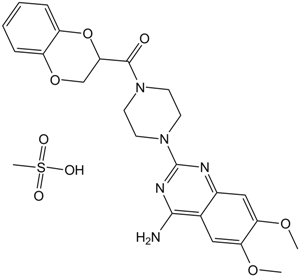 A2884 Doxazosin MesylateSummary: α1-adrenergic receptor antagonist
A2884 Doxazosin MesylateSummary: α1-adrenergic receptor antagonist -
 A5318 Prazosin HClSummary: α1 and α2B-adrenoceptor antagonist
A5318 Prazosin HClSummary: α1 and α2B-adrenoceptor antagonist -
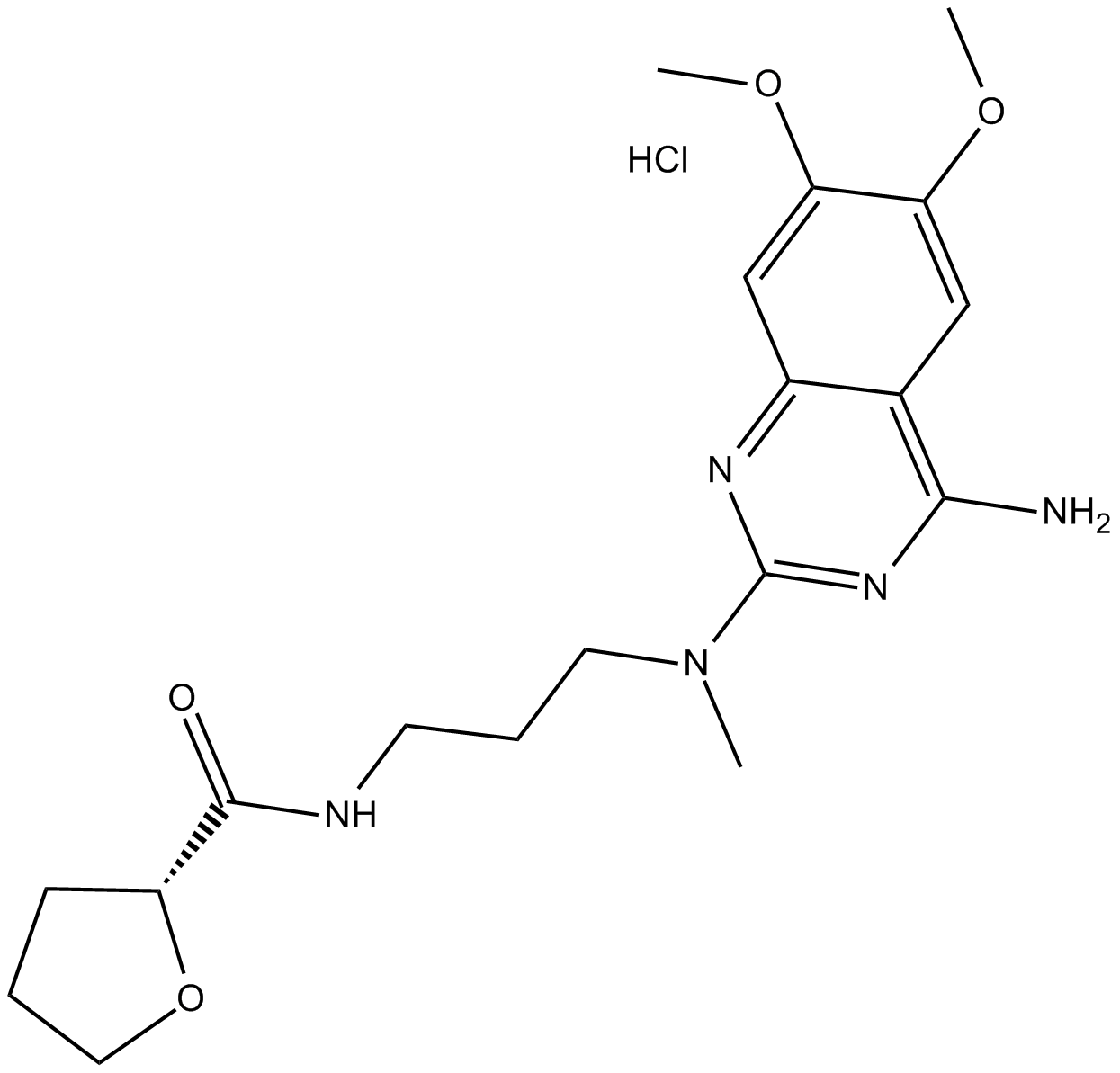 A5173 Alfuzosin HClSummary: α1 adrenoceptor antagonist,functionally uro-selective
A5173 Alfuzosin HClSummary: α1 adrenoceptor antagonist,functionally uro-selective -
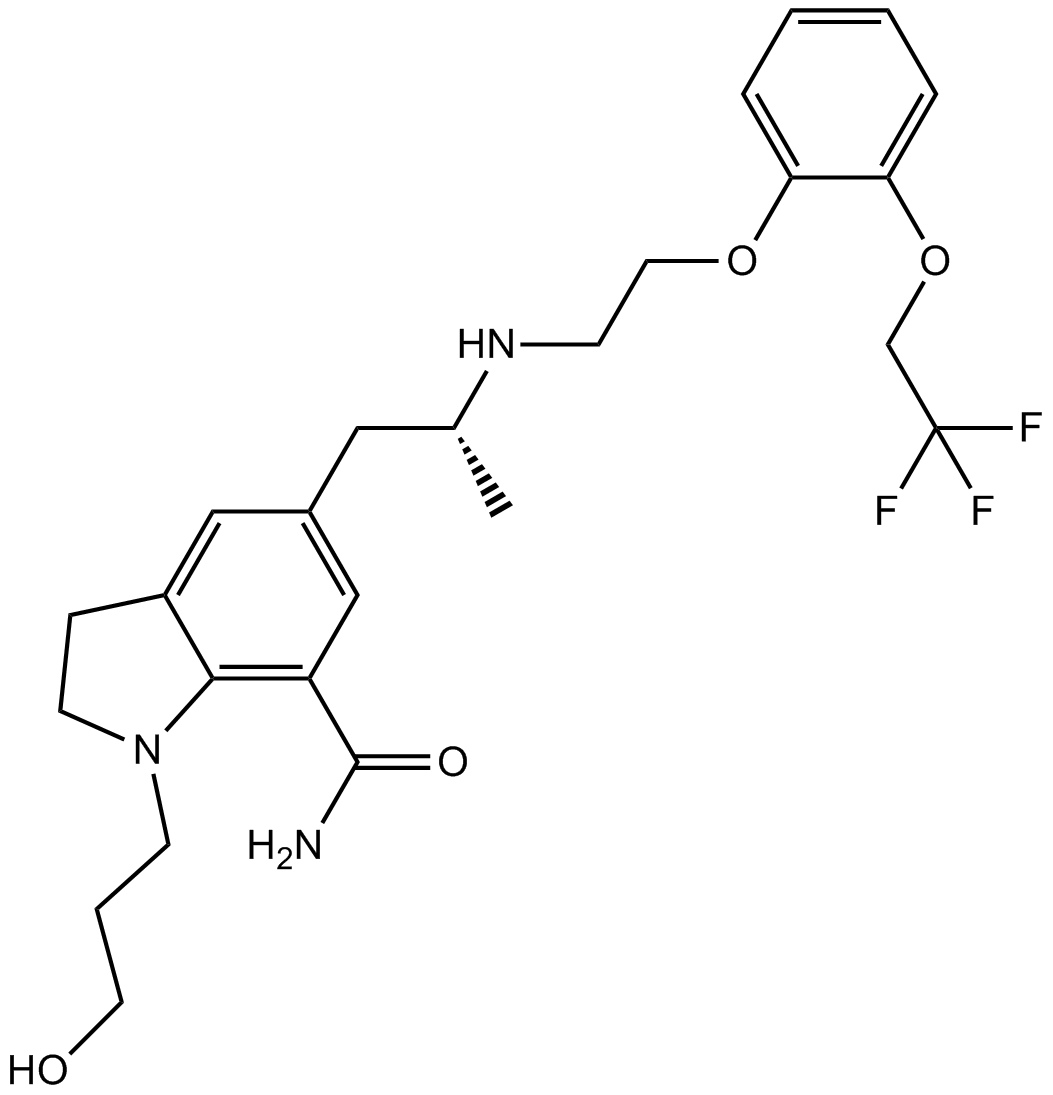 A8521 SilodosinSummary: α1-adrenoceptor antagonist
A8521 SilodosinSummary: α1-adrenoceptor antagonist -
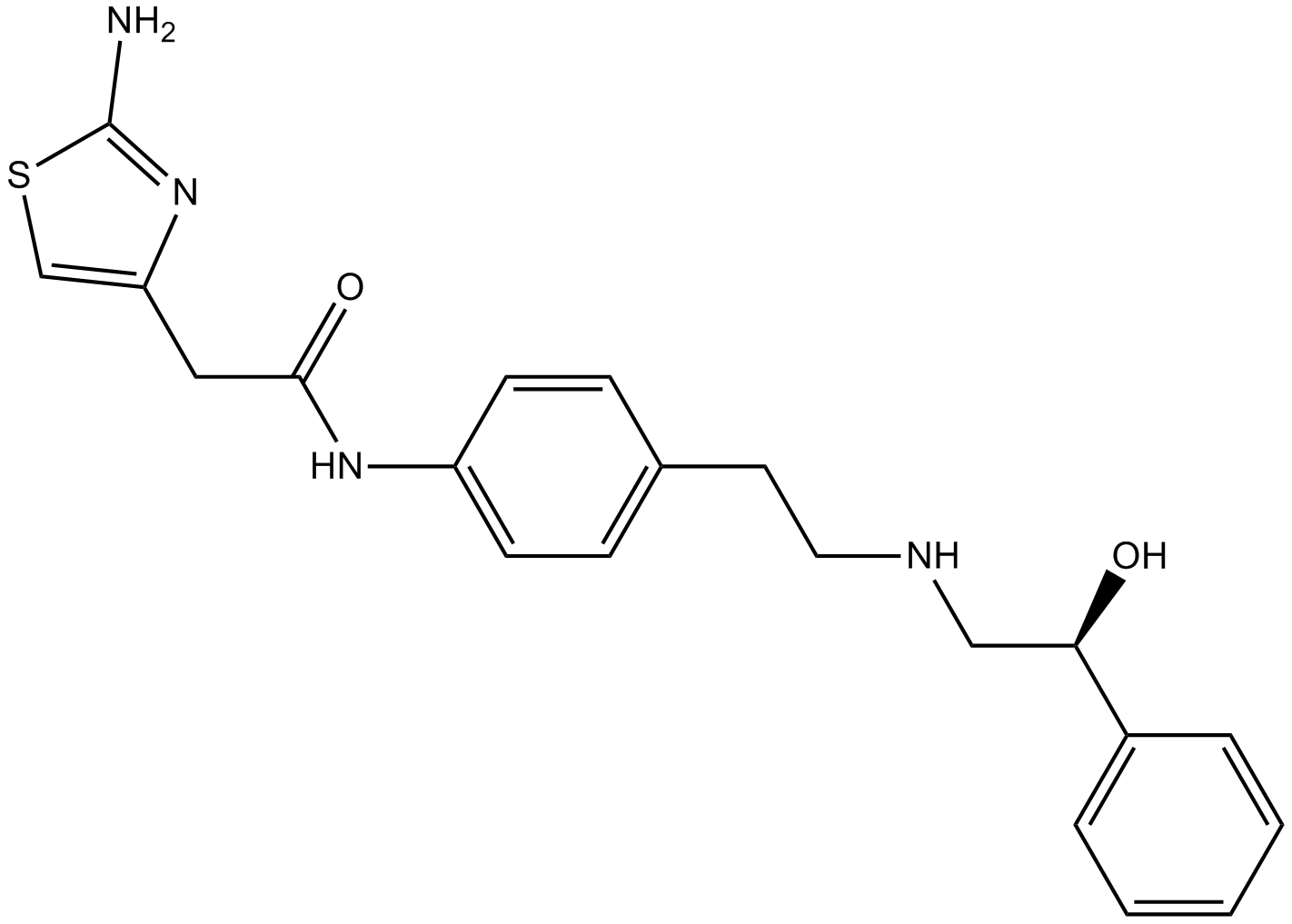 A8474 Mirabegron (YM178)Target: adrenoceptorSummary: Selective β3-adrenoceptor agonist
A8474 Mirabegron (YM178)Target: adrenoceptorSummary: Selective β3-adrenoceptor agonist -
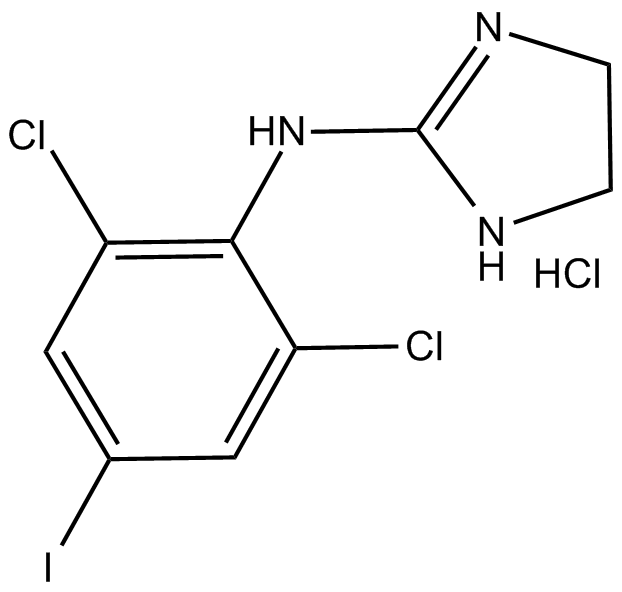 C5822 p-iodo-Clonidine (hydrochloride)Summary: partial agonist of the α2-adrenergic receptor
C5822 p-iodo-Clonidine (hydrochloride)Summary: partial agonist of the α2-adrenergic receptor -
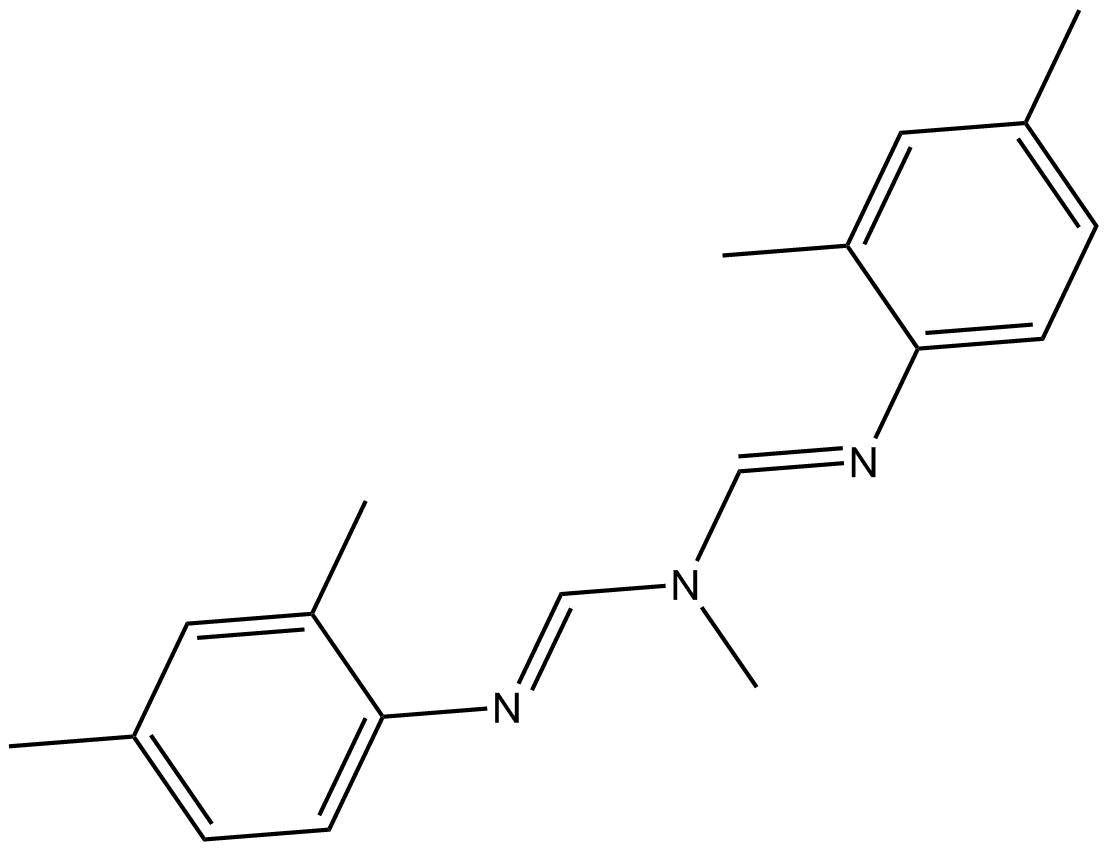 C6542 Amitraz
C6542 Amitraz -
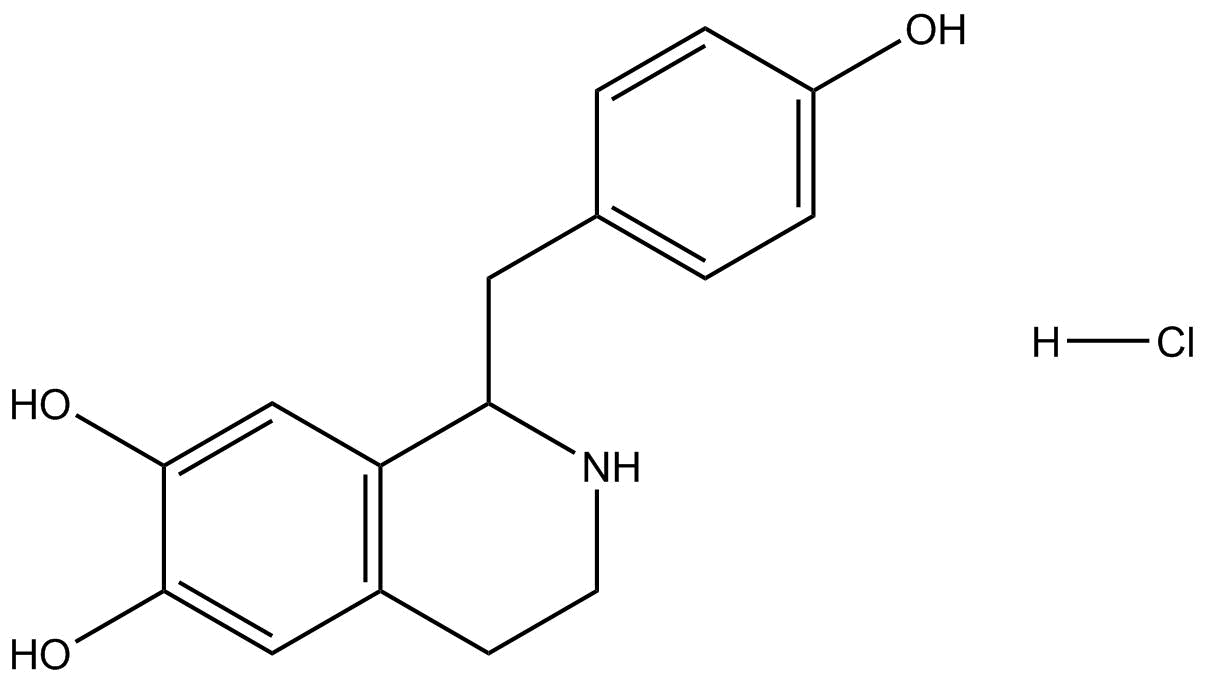 C6665 Higenamine hydrochloride
C6665 Higenamine hydrochloride -
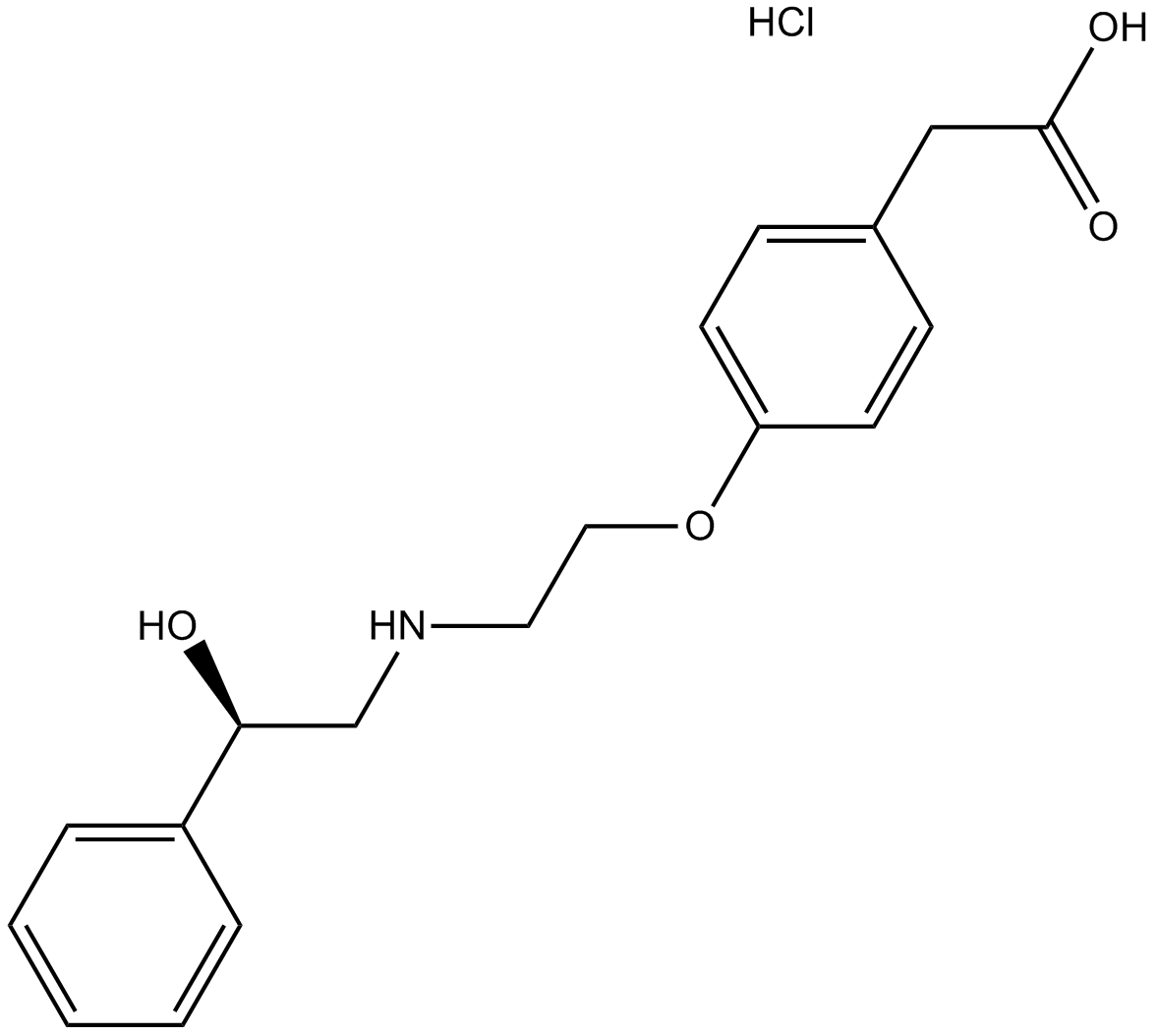 B5263 ZD 2079Summary: β3-adrenoceptor agonist
B5263 ZD 2079Summary: β3-adrenoceptor agonist -
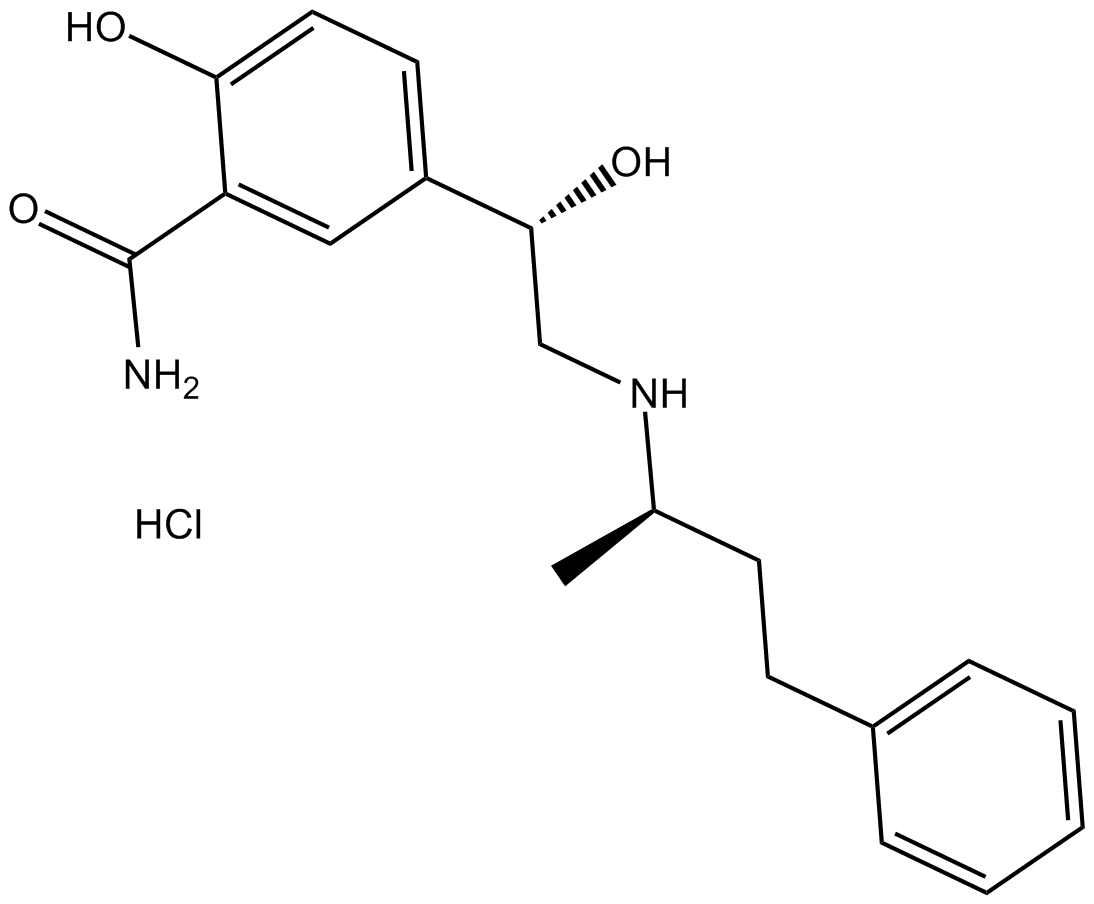 B4795 Labetalol HClSummary: A mixed α-/β-adrenergic antagonist
B4795 Labetalol HClSummary: A mixed α-/β-adrenergic antagonist

